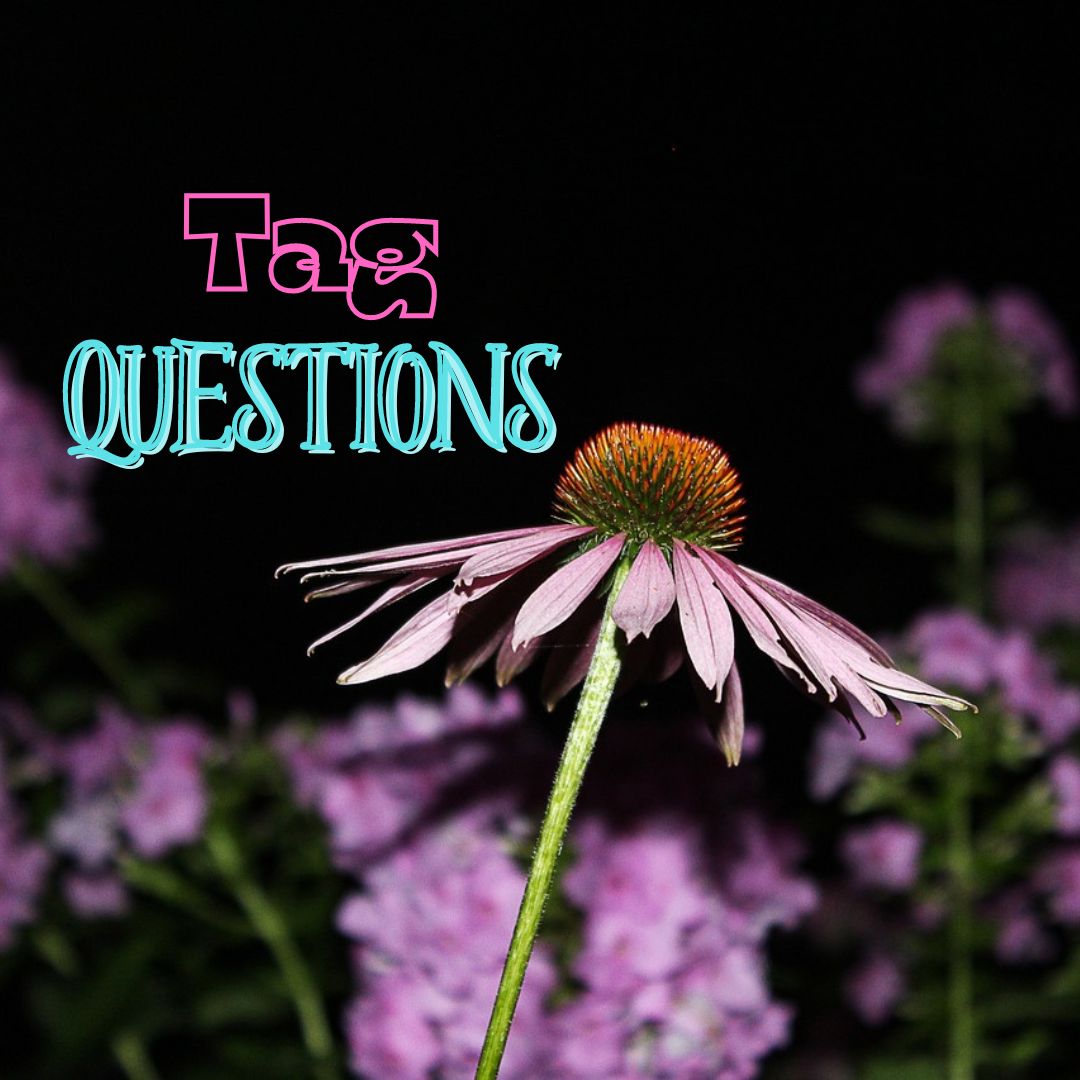Tag Questions (Interrogative Sentence)

Tag Questions:
A tag question, is a type of question that is added to the end of a statement.
The purpose of a tag question is to seek confirmation, agreement, or disagreement from the listener.
Tag questions are formed by using a short question at the end of the sentence.
These questions are characterized by the use of a positive or negative statement followed by a tag question that is opposite in polarity.
If the statement is positive the negative tag should be added.
If the statement is negative the positive tag is added.
Here’s an explanation along with examples:
Structure:
Positive Statement + Negative Tag:
Example: You speak French, don’t you?
Negative Statement + Positive Tag:
Example: You don’t speak French, do you?
The intonation used in these questions can convey whether the speaker is seeking confirmation (rising intonation) or expressing surprise (falling intonation).
Structure:
Begin with a declarative statement (positive or negative).
Add a tag question at the end, consisting of a pronoun and an auxiliary verb.
Use a question mark to indicate the overall interrogative nature.
Examples:
It’s a beautiful day, isn’t it?
The statement [It’s a beautiful day] is followed by the tag question [isn’t it?] The speaker is seeking agreement or confirmation about the pleasant weather.
She doesn’t like sushi, does she?
The negative statement [She doesn’t like sushi] is followed by the tag question [does she?]
The speaker is seeking confirmation or clarification about the listener’s knowledge of the person’s food preferences.
Tag questions can convey various emotions, such as seeking reassurance, expressing surprise, or inviting agreement, making them a versatile tool in communication.
Short Answers to Tag Questions:
The structure of a tag question typically involves a short question with an auxiliary verb or a modal verb that matches the tense of the statement.
Short answers to tag questions are concise responses that affirm or negate the statement. Here’s an explanation with examples:
Positive Statement:
You like coffee, don’t you?
Yes, I do.
Negative Statement:
She hasn’t been here before, has she?
No, she hasn’t.
Present Simple Tense:
He lives in the city, doesn’t he?
Yes, he does.
Past Simple Tense:
She visited Paris last year, didn’t she?
Yes, she did.
Modal Verb in the Statement:
Present Tense:
You can swim, can’t you?
Yes, I can.
She should attend the meeting, shouldn’t she?
Yes, she should.
They will complete the project on time, won’t they?
Yes, they will.
Past Tense:
He could solve the puzzle, couldn’t he?
Yes, he could.
We had finished the assignment, hadn’t we?
Yes, we had.
You would join us for dinner, wouldn’t you?
Yes, I would.
Short answers to tag questions are brief and to the point, providing a quick response to confirm or negate the statement.
The auxiliary or modal verb in the short answer matches the tense used in the tag question.
Pronouns are often used in short answers, maintaining simplicity and clarity.
Tag Questions (Interrogative Sentence)
Alternative Questions (Interrogative sentence)
Yes/No Questions (Interrogative Sentence)
Wh-questions (Interrogative Sentence)
Types of Interrogative Sentences
What is Adverbial Modifier of a Sentence
About Nouns. Common and Proper Nouns